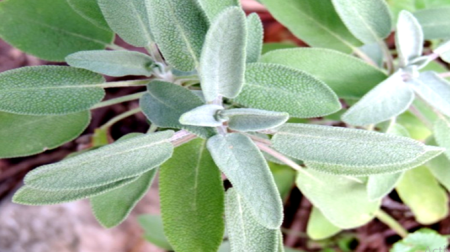
Objective:
This study presents an assessment of essential oils amounts and quality obtained from Tunisian Salvia officinalis and its variations regarding the plant organs, the harvest season and the plant's drying process conditions. Three drying processes were tested, natural air drying, hot air convective drying at two temperature 40 and 60°C and microwave drying at 218 W.
Context:
the extracted quantity and quality of Essential oils show important variations. these variations are explained by numerous factors such as the plants from which essential oils are obtained or the postharvest treatments that the plant is subjected to. Analysing these variations is important to optimize essential oil extraction.
Contacts:
Monia Jebri, monia89@live.fr
Ezzedine Saadaoui, saad_ezz@yahoo.fr
Mehrez Romdhane, mehrez.romdhane1965@gmail.com
Further information:
M. Jebri, H. Desmorieux, A. Maaloul, E. Saadaoui, M. Romdhane, Drying of Salvia officinalis L . by hot air and microwaves : dynamic desorption isotherms , drying kinetics and biochemical quality, Heat and Mass Transfer. (2018).
M. Jebri, J. Tarrazó, J. Bon, H. Desmorieux, M. Romdhane, Intensification of the convective drying process of Salvia officinalis : Modeling and optimization, Food Science and Technology International. 24 (2018) 382–393.
M. Jebri, Séchage des plantes aromatiques et médicinales et son influence sur l’extraction de leurs principes actifs: optimisation et modélisation, Ecole Nationale des Ingénieurs de Gabès, Université de Gabès, 2018.